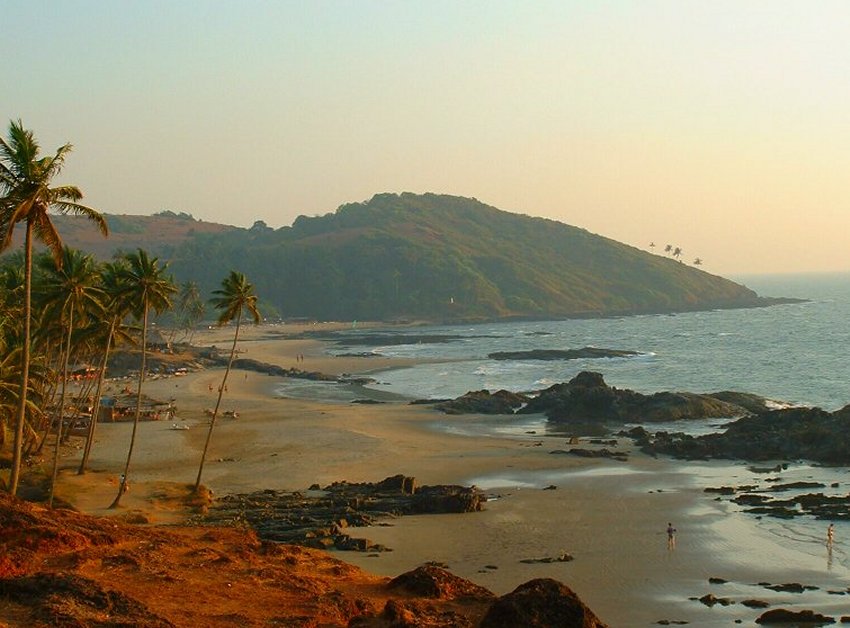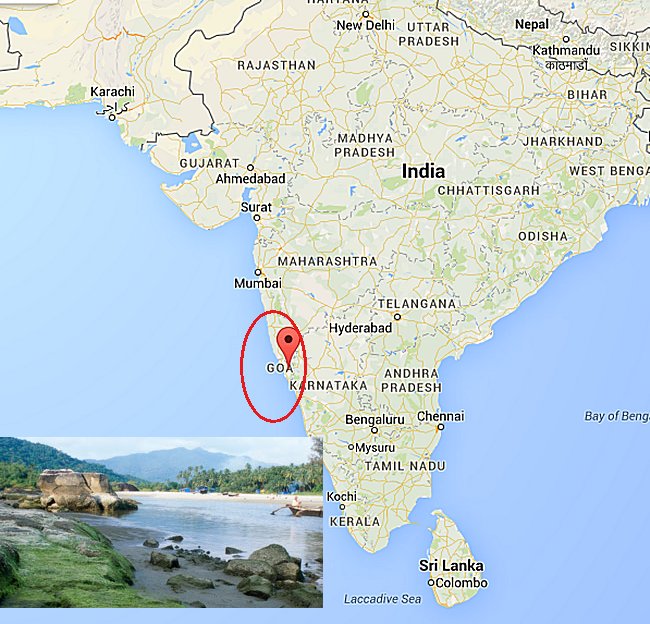MessageToEagle.com – An ancient 1.2 km long wall along Goa’s Zuari River that was discovered by a team of researchers from India’s National Institute of Oceanography (NIO) could be the remains of India’s oldest port located on the country’s central west coast.
The port, probably contemporary to Dwarka in Gujarat, may have served the ancient capital of Goa, is supposed to be between 1,000 and 3,500 years old.
Goa, as a city is one of the oldest marine ports in India.

It is believed to have flourished as a trade route point between India and Arabia, Persia, Turkey. During medieval times, with coming of Portuguese and English, importance of Goa port most probably increased even more.
Goa served as a point for shipping of a variety of products, most important of which were horses, minerals like iron ore, manganese and mica and spices like pepper, ginger etc. Other items of export were velvets, silk, muslin, chinaware, areca and betel. Port of Murmugao, which is the major port city of Goa, was also an important sea port in Goa, especially in 17th century. Its structure is similar to Lothal dockyard (4500 years old), discovered by Archaeological Survey of India (ASI) in Gujarat in 1954.
See also:
Sophisticated Vimanas Over Dwarka – Pre-Harappan City That Could Rewrite The History Of The World
Lothal – ‘City of Dead’ – One Of The Most Prominent Ancient Places In Danger To Be Forgotten

According to Rajiv Nigam, head of the Marine Archaeology unit of the NIO, the area was earlier known as Gopakapattinam. The exploration work on the site is done and scientists have found the steps going in the water. It is imminent that existence of such a big wall parallel to the river indicates that it is remnant of a port.
Researchers have also discovered cross walls which stand inundated in the water and now they plan to date the sediments with radiocarbon and thermo-luminance techniques, and conduct a survey of the area with ground-penetrating radar.
“If the project comes through it will be a big discovery for the central west coast of India. This was a very flourishing harbor of ancient time,” Nigam explained.
The experimental surveys conducted by the researchers have revealed the existence of cross walls which stands inundated in the water. Radio carbon and thermo-luminance [TL] dating of the sediment is required to find out correct age of this ancient port, according to Mr Nigam.
“Also to unearth other buried structures, we want to do ground penetrating radar (GPR) survey in sandy beach area and seismic surveys in offshore area.”
MessageToEagle.com






